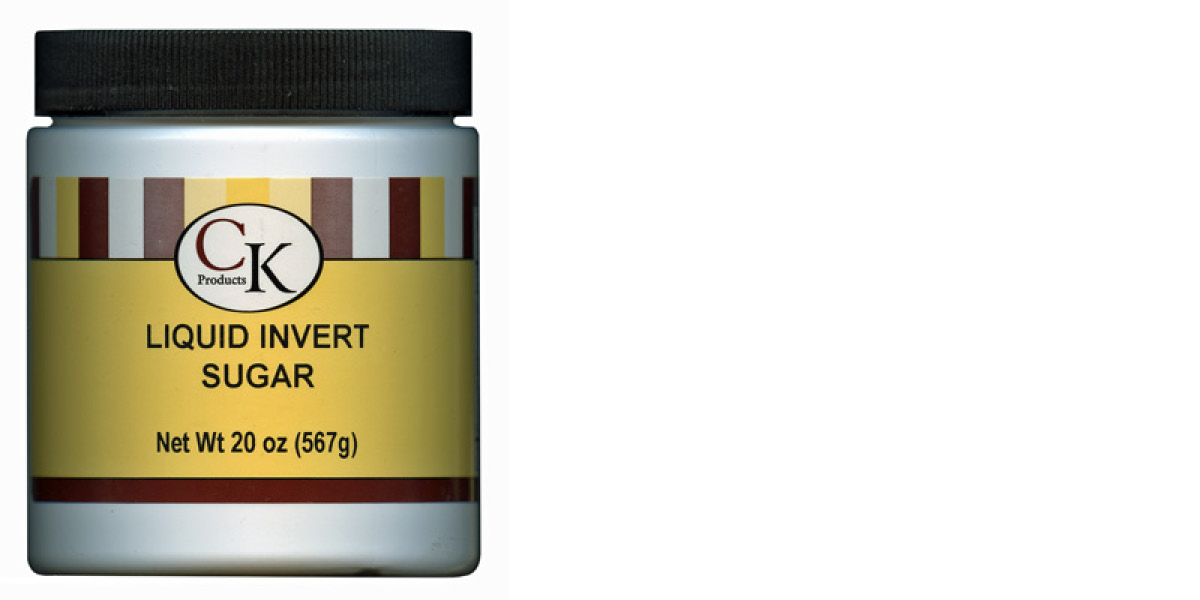guide to different sugars:
invert sugar

Comprehensive Look at Different Sugars or Sweeteners and Their Uses: Invert Sugar
By Renee Shelton
Invert sugar, or inverted sugar, helps to reduce, prevent or control the build up, or the beginning of, crystallization, and with its hygroscopic properties it also helps to increase the overall shelf life of bakery items. For those that have used trimoline or nulomoline in recipes - well, that is invert sugar. It is stirred into sorbet mixtures before processing and also used in many different types of candies to keep them smooth (like fondant-based fillings). It helps keep soft cookies moist and chewy. Invert sugar is also used in home brew making.
I've never tried it, but Wikipedia lists this as a recipe for making invert sugar:
Inverted sugar syrup can be easily made by adding roughly one gram of citric acid or ascorbic acid, per kilogram of sugar. Cream of tartar (one gram per kilogram) or fresh lemon juice (10 milliliters per kilogram) may also be used.
The mixture is boiled for 20 minutes, and will convert enough of the sucrose to effectively prevent crystallization, without giving a noticeably sour taste. Invert sugar syrup may also be produced without the use of acids or enzymes by thermal means alone: two parts granulated sucrose and one part water simmered for five to seven minutes will convert a modest portion to invert sugar.
What's a good substitute for inverted sugar?
If you don't have inverted sugar in the pantry, use honey as a substitute. Glucose or corn syrup will not perform the same and are not acceptable substitutes in all cases, but both invert sugar and glucose can be used to help prevent simple crystallization in cooked syrups. Also, invert sugar is much sweeter than glucose. Generally, once the homemade invert sugar is made, or once the purchased invert sugar container has been opened, use within six months.
This article was first published on pastrysampler.com on January 8, 2011. It was updated on September 29, 2020.
Image from the manufacturer.
